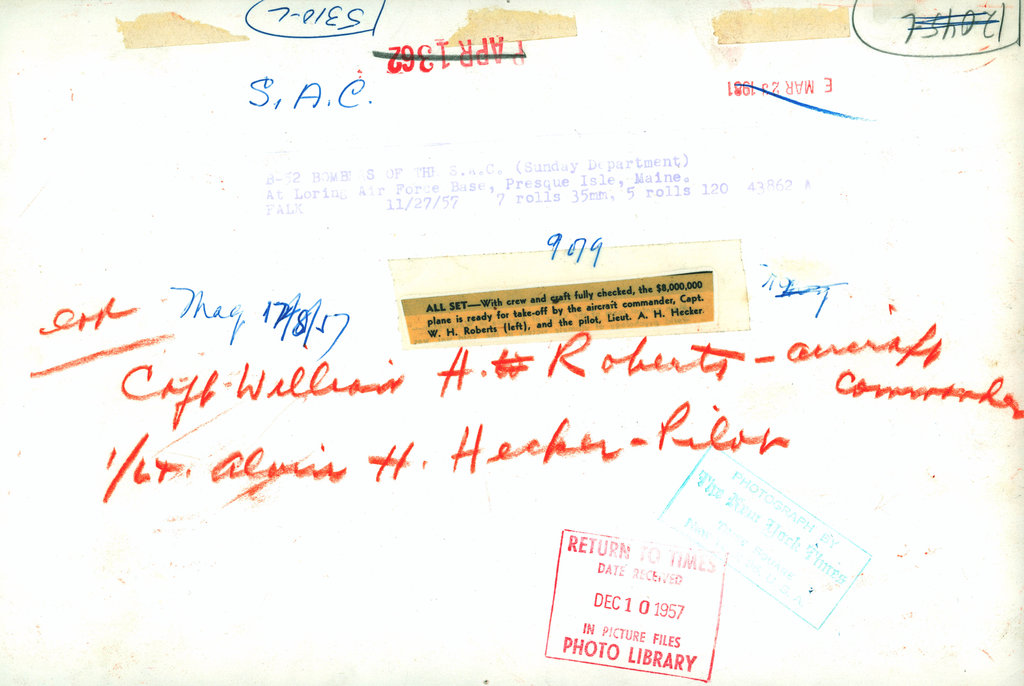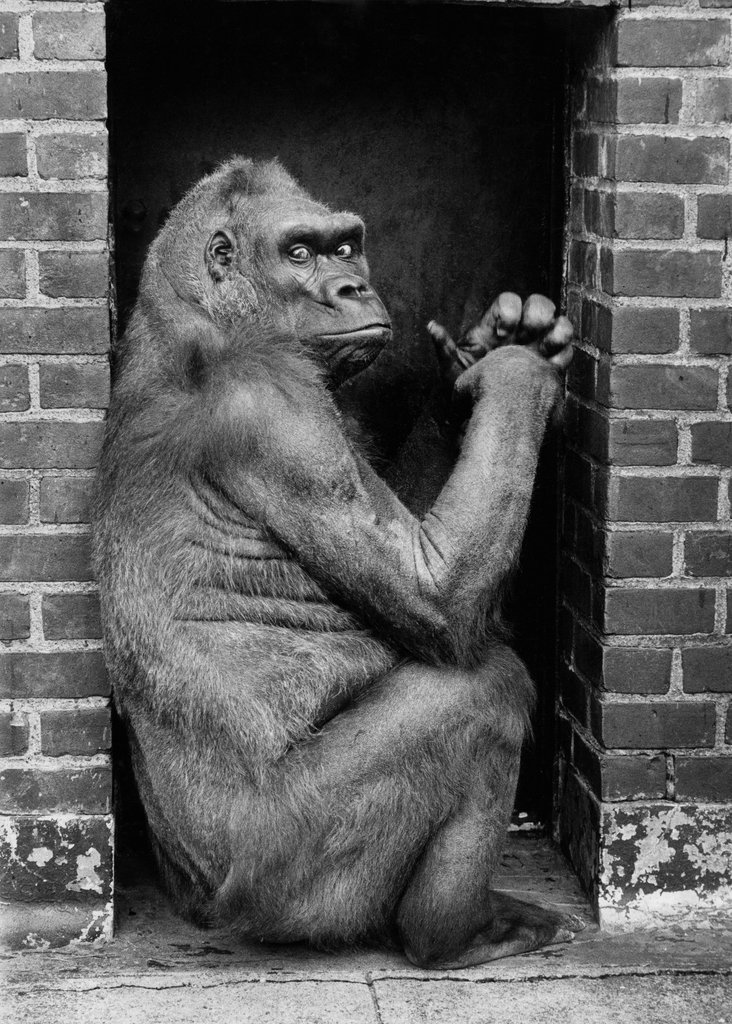From the Midweek Pictorial, March 21, 1931. Some helpful caption information on the back of this photo explains, in all caps, “W.E. Brown, chief taxidermists of the museum, left, and C.R. Aschemeier, assistant, are shown mounting the skin of a gorilla shot in the Belgian Congo by Ben Burbridge of Jacksonville, Fla. The gorilla was 5 feet 4 inches in height, weighed 400 pounds and had a reach of 97 inches.” Also, usefully: “Taxidermists at the National Museum in Washington are the greatest experts in their line in the U.S. In their daily work, they are forced to mount many strange animals, birds, fishes and reptiles, and delicate handling of specimens is necessary.” Photo: The New York Times



















